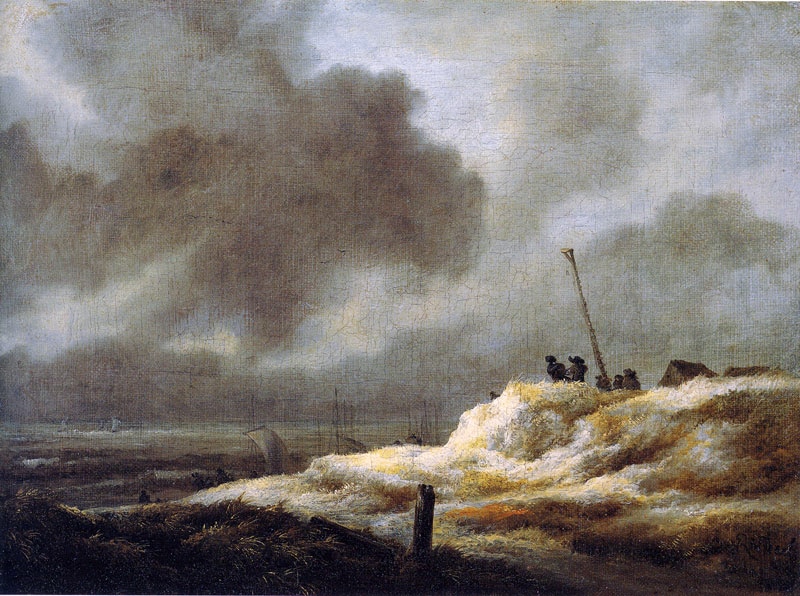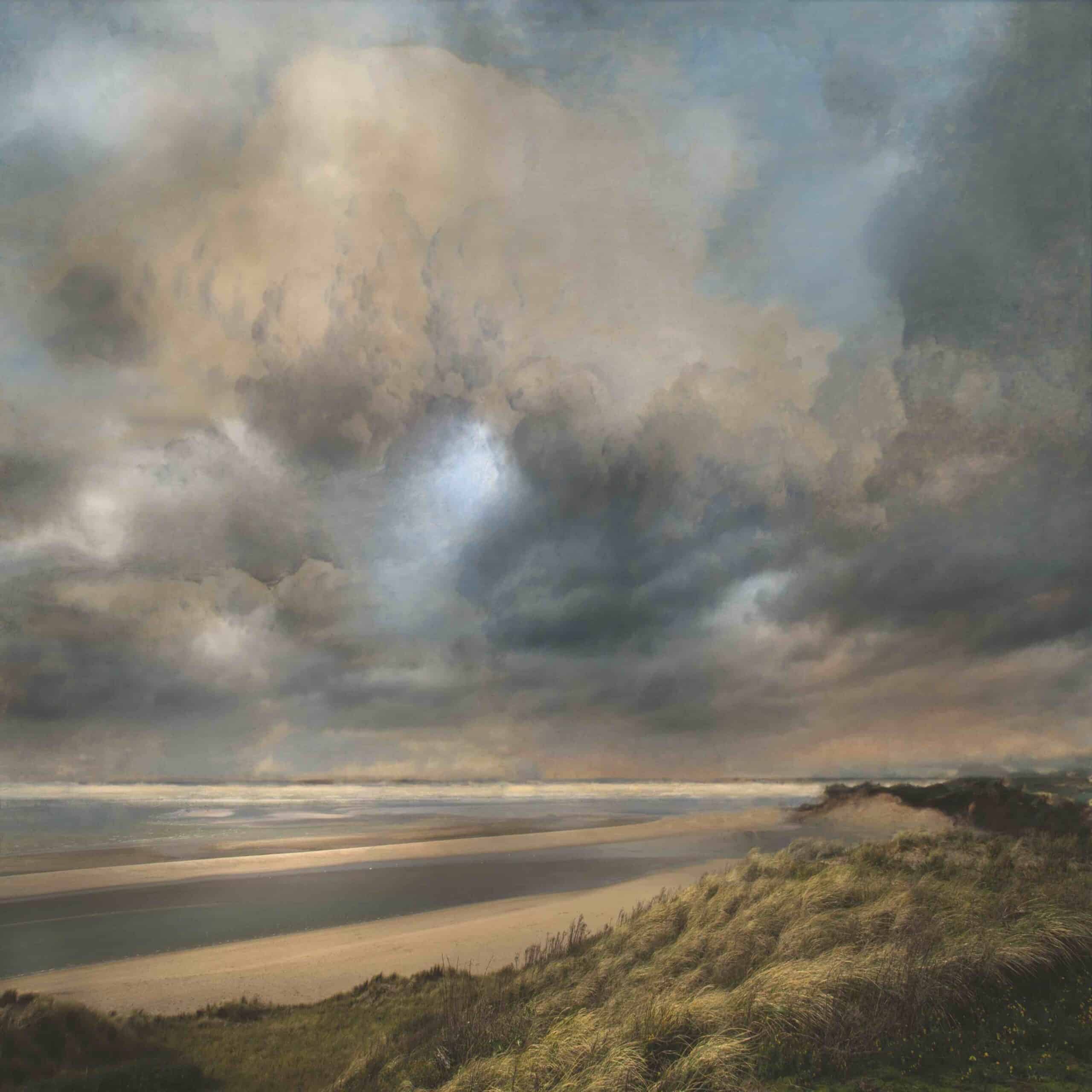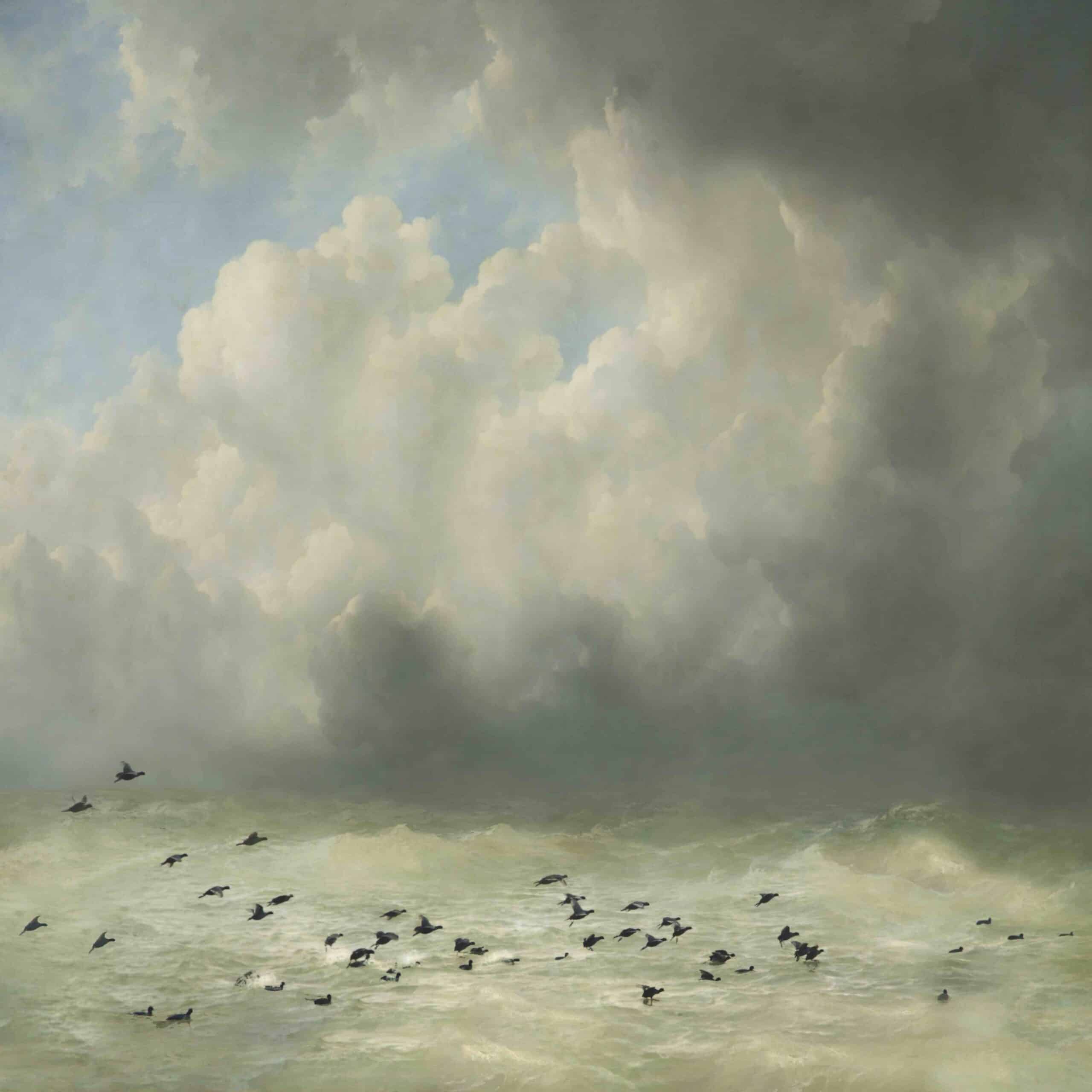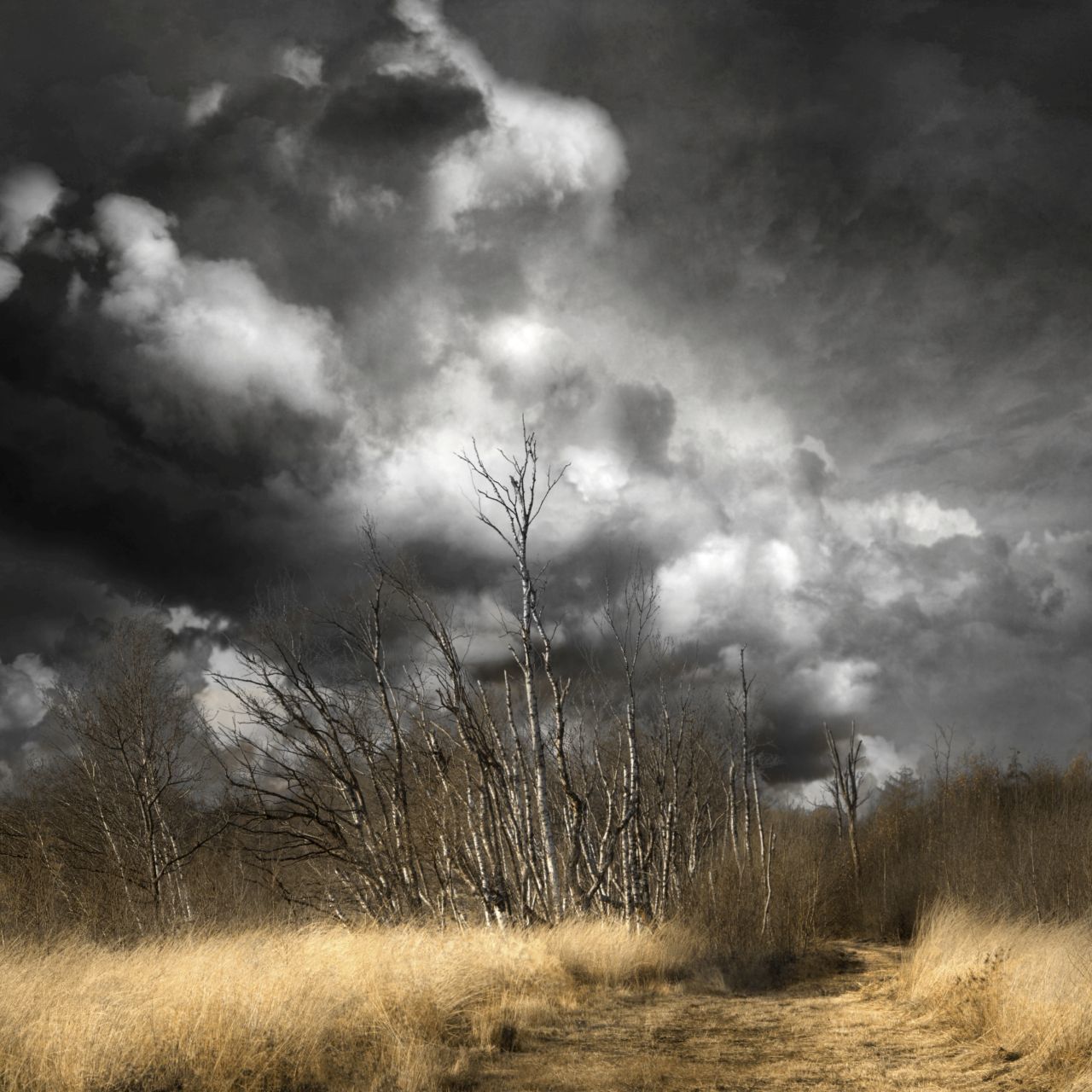The Impressive Skies of Landscape Photographer Saskia Boelsums
Landscape photographer and ‘Dutch artist of the year 2020’, Saskia Boelsums, lives under the same sky as many illustrious Old Masters by whose painting tradition she is formed. ‘The sky is the most impressive part of the Dutch landscape.’
Just like every writer knows the classics, as a photographer, I have immersed myself in the work of the Old Masters. And similar to how a modern writer might imitate Camus or try to evoke Sartre, I do the same with the paintings of the Old Masters. And they quite naturally have had a significant influence on me, personally, and on my landscape photographs.
Dutch masters such as Jacob van Ruisdael and later Willem Maris and Vincent van Gogh are an integral part of Dutch cultural history and their influence on painting and our experience of the landscape is so great that they still determine in a great measure how we view the world. Studies have even been done to determine if the light from those eras actually existed! So, yes, the Old Masters have had an enormous influence on my photographic style. And not because I keep returning to my study of the details. No, the reason is much simpler.
 Jacob van Ruisdael, View of the sea from the dunes, ca. 1653, Kunsthaus Zürich
Jacob van Ruisdael, View of the sea from the dunes, ca. 1653, Kunsthaus Zürich© Kunsthaus Zürich
Nature as fascination
I reside, live and work in the same landscape and under the same sky as the Old Masters. And because the Netherlands is so flat, the sky is often the most impressive part of the landscape. The clouds, the blue in between, the Jacob’s ladders on which you can climb to heaven, the sunbeams that light up a single tree within a dark field on an overcast day. It’s quite logical then that in my work I often opt for a low horizon in order to make the most of the impressive cloud play. The Dutch always see a lot of the sky.
Although I am primarily known as a landscape photographer, I was trained as a visual artist. In my art academy days, I was thrilled to learn about all the techniques, from welding to marbling, from painting to photography. I also have a tremendous interest in art history. It is fascinating to see how art interprets its own era and also how art and social changes go hand-in-hand. It is still possible for painters to work in a traditional way, with canvas, brushes and paint, but today, they can achieve the same thing digitally by using a tablet and a pressure-sensitive pen or brush.
 Saskia Boelsums, Landscape #21
Saskia Boelsums, Landscape #21© Saskia Boelsums
I use a completely different technique. I am fascinated by nature. And this is not some cold, technical fascination; no, I love nature. I love being outdoors, wandering in woods, strolling through the flatlands, experiencing the space, feeling the weather. If it’s cold, I want to be cold, if it’s hot I want to be glowing. And these are the experiences I try to capture in my photography. The photos that I take on location are just the beginning. Not that the actual photos are unimportant – just the opposite! I plan my sessions very carefully. I often scout out locations ahead of time, decide in which kinds of circumstances I want to photograph that well-scouted location, and then go there when the weather cooperates with my carefully chosen time frame. Once I arrive, I wait for that deciding moment, the moment that I feel in my bones: NOW! I have to take the photo now!!
The original photo is my base material because I consider it as a ‘sketch’. Because I work with raw files, it is necessary to adjust and perfect the photo afterwards, especially the colour and the light. I do that in such a way that in my final photograph I can experience that original moment again. So that I feel cold when I look at a wintry landscape or once again enjoy the sunshine in a summer photo. Of course, I do that with the computer. The PC is, for a present-day photographer, what the studio was for the Old Masters. I edit my raw photos – the ‘sketches’ – until the smallest detail is exactly how I want it to be and the image reflects the emotion that I have in mind.
I want to feel cold when I look at a wintry landscape or enjoy the sunshine in a summer photo
I am often asked why my photos are always square. To be honest, that is the fault of social media generally, and Instagram specifically. I actually started with broad landscape photos, but when I shared them on social media, they became square! Those brutal programmes cut out – without being asked to do so – huge pieces of my carefully laid out landscapes. Because I couldn’t change the programmes, I changed my process and began working solely in a square format. It’s not easy because, in order to bring a landscape back to the appropriate proportions, I have to search even more closely for the essence of the photo to end up with a strong and unambiguous image.
 Saskia Boelsums, Landscape #42
Saskia Boelsums, Landscape #42© Saskia Boelsums
In the painting tradition
But let’s return to the Old Dutch Masters. They produced sublime work that can still hold its own today. And it is typically Dutch in character. In the Sprezzatura exhibition at the Drents Museum in Assen I saw a piece by an Italian artist who had painted a Dutch landscape. However good his technique was, it was just somehow not what people had the right to expect.
Sometimes, people ask me if I have any plans to photograph other countries. Sure, I say, why not? But then I realise that I would be looking with a stranger’s eyes, that a desert landscape or a mountain view contains a world that I do not understand. Or at least, in any case, would never be so good as a landscape of the Netherlands, where I have lived and worked for so many years; or of its history, which I know very well. It is where I grew up and was formed by the rich painting tradition of the Old Dutch Masters.
 Saskia Boelsums, Landscape #148
Saskia Boelsums, Landscape #148© Saskia Boelsums












